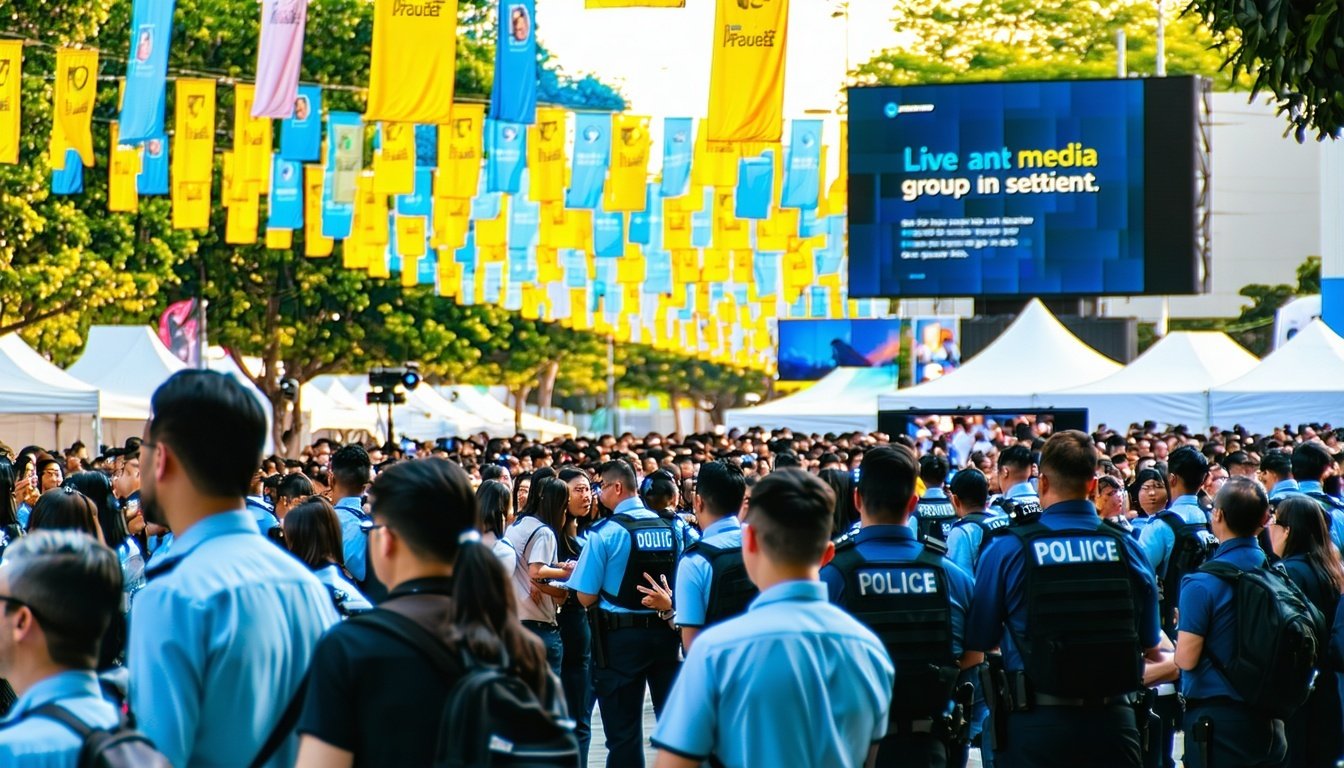As the world gears up for a year of high-profile events, from international sports tournaments to global summits, the spotlight on event security has never been brighter. But while most people picture metal detectors, bag checks, and uniformed guards, today’s most sophisticated threats are just as likely to originate online as they are at the venue gates.
Why Digital Threat Intelligence Matters
Modern events are digital ecosystems. Attendees share their experiences in real time, organizers manage logistics through online platforms, and ticketing, communications, and even crowd management are increasingly digital. This interconnectedness is a double-edged sword: it enhances the attendee experience but also opens new avenues for threat actors.
Digital threat intelligence, particularly Open Source Intelligence (OSINT), is now a cornerstone of effective event security. OSINT involves collecting and analyzing publicly available information from social media, blogs, forums, and even the dark web to identify potential risks before they materialize.
Real-World Threats in the Digital Age
Consider these scenarios:
- Coordinated Disruptions
- Protest groups often organize via social media, sharing plans to disrupt events or target specific individuals.
- Credential Leaks
- Hackers may attempt to sell or distribute stolen credentials for staff or VIPs, granting unauthorized access.
- Misinformation Campaigns
- False information about safety incidents or last-minute changes can spread rapidly, causing confusion and panic.
- Counterfeit Ticket Sales
- Fraudsters exploit digital channels to sell fake tickets, leading to overcrowding and security breaches.
Without digital threat intelligence, these risks can go undetected until it’s too late.
How OSINT Enhances Event Security
Open Source Intelligence (OSINT) significantly strengthens event security by enabling proactive threat detection, real-time situational awareness, and effective incident response throughout all stages of event planning and execution. Moreover, OSINT adds speed and effectiveness to incident response during events by providing real-time information, encouraging a flow of information. This constant flow of information means that security teams can quickly verify incidents, assess their severity, and deploy resources to the exact location where intervention is needed, whether it’s addressing unattended bags, crowd surges, or potential violence, situational awareness and actionable intelligence.
More Ways OSINT Can Help With Event Security
Early Warning
By continuously scanning digital channels, security teams can identify threats as soon as they emerge, sometimes even before they move offline.
Situational Awareness
Real-time monitoring helps teams track crowd sentiment, spot potential flashpoints, and respond proactively to incidents during the event.
Incident Response
If something does happen, OSINT helps trace the source, assess the scope, and support law enforcement investigations.
Post-Event Analysis
After the crowd disperses, digital intelligence provides insights into what went well and what needs improvement, informing future security plans.
Integrating Digital and Physical Security
The most resilient event security strategies blend digital intelligence with traditional physical measures. For example, if OSINT detects a surge in online chatter about a protest at a specific entrance, organizers can reinforce security at that location and communicate with local authorities. If fake tickets are circulating online, digital monitoring can help identify affected ticket holders before they reach the gates.
“OSINT supercharges both the human element and the tools we use. In an industry where talent gaps persist, intelligence bridges the resource divide.”
Deneen DeFiore, Vice President and CISO at United Airlines
The Wrap Up
As events become larger and more complex, the digital dimension of security is no longer optional; it is essential. But the 'human factor' cannot be overlooked when deciding the best strategy for event security.
While technology can process vast amounts of data, skilled analysts are essential for interpreting findings and making informed decisions. The combination of automated tools and human expertise creates a dynamic, responsive security force.
Ready to enhance your event security? Start integrating digital threat intelligence into your planning today.


